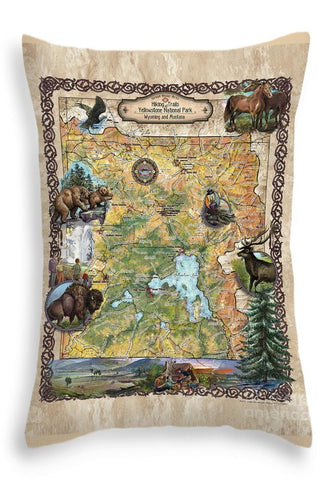Snoqualmie Valley, Washington, Vintage map, Vintage map art, WA vintage map, old map, antique maps, map vintage, map art vintage
Located along the Snoqualmie River, between Seattle and the foothills of the Cascade Mountains in Western Washington, United States, Snoqualmie Valley is a farming region with a rich history and rugged pastoral beauty. There are several towns in the valley, including North Bend, Snoqualmie, Preston, Fall City, Carnation and Duvall. The name Snoqualmie has its origin in the Lushootseed name Sduk-al-bixw, interpreted to mean "ferocious people". The Snoqualmie Valley has long been the home of the Snoqualmie people, before explorers came to the Pacific Northwest. They hunted deer and elk, fished for salmon from the waters they lived next to, and gathered berries and wild plants from the fertile land in the lower valley. Today, you can find Snoqualmie Indians living in Snoqualmie, North Bend, Fall City, Carnation.
Virginian Samuel Hancock is regarded as the first white to enter the Snoqualmie region. In 1851, Hancock and four Snoqualmie guides canoed from Puget Sound to the base of Snoqualmie in his search for coal. Young adventurer and trader, Jeremiah Borst, followed suit in 1858 and hiked up the Cedar River and into the Valley. Borst married a Snoqualmie woman and he became a homesteader and settled Fort Alden. He gradually acquired more land in what is now Snoqualmie and North Bend, and he also helped other settlers as they arrived and was dubbed the "Father of the Snoqualmie Valley."
Hops were grown in Washington since the early 1860s and the hop-growing industry flourished in the Valley from 1882 to 1892. A group of Puget Sound investors bought more than 1500 acres of land from Jeremiah Borst in the Meadowbrook area in the Valley, and used 900 of them to cultivate hops. They established, on present-day Meadowbrook Farm, what has been called "The largest Hop Ranch In the World." The railroad brought more land speculators to the Valley, and in 1889, Seattle interests platted in the Upper Valley land. The first lots in Snoqualmie are said to have been purchased by Edmund and Louisa Kinsey, who built the first hotel and post office in Snoqualmie.
There are amazing things to enjoy in the Snoqualmie Valley, from bird watching, mountain biking, historic places and museums, hiking in John Wayne Pioneer Trail and Mount Si Trail, to the beautiful pastoral land of the region and all that nature has to offer, including spectacular views of the Snoqualmie waterfall, the lush wilderness and beautiful mountain vistas.
"sizes are approximate"Full refund if returned in original condition within 14 days. Buyer pays return shipping.
Virginian Samuel Hancock is regarded as the first white to enter the Snoqualmie region. In 1851, Hancock and four Snoqualmie guides canoed from Puget Sound to the base of Snoqualmie in his search for coal. Young adventurer and trader, Jeremiah Borst, followed suit in 1858 and hiked up the Cedar River and into the Valley. Borst married a Snoqualmie woman and he became a homesteader and settled Fort Alden. He gradually acquired more land in what is now Snoqualmie and North Bend, and he also helped other settlers as they arrived and was dubbed the "Father of the Snoqualmie Valley."
Hops were grown in Washington since the early 1860s and the hop-growing industry flourished in the Valley from 1882 to 1892. A group of Puget Sound investors bought more than 1500 acres of land from Jeremiah Borst in the Meadowbrook area in the Valley, and used 900 of them to cultivate hops. They established, on present-day Meadowbrook Farm, what has been called "The largest Hop Ranch In the World." The railroad brought more land speculators to the Valley, and in 1889, Seattle interests platted in the Upper Valley land. The first lots in Snoqualmie are said to have been purchased by Edmund and Louisa Kinsey, who built the first hotel and post office in Snoqualmie.
There are amazing things to enjoy in the Snoqualmie Valley, from bird watching, mountain biking, historic places and museums, hiking in John Wayne Pioneer Trail and Mount Si Trail, to the beautiful pastoral land of the region and all that nature has to offer, including spectacular views of the Snoqualmie waterfall, the lush wilderness and beautiful mountain vistas.
"sizes are approximate"Full refund if returned in original condition within 14 days. Buyer pays return shipping.
We Also Recommend















